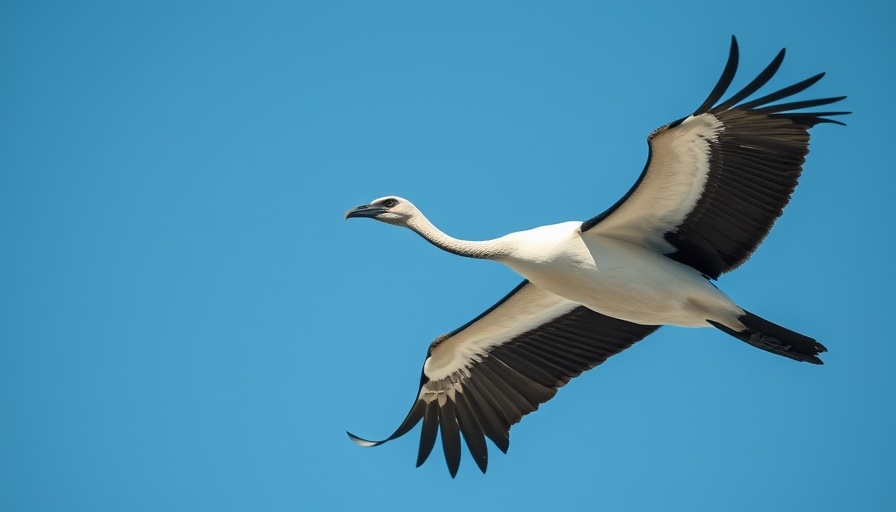
Why Northern Great Plains Attract Breeding Birds
The Northern Great Plains serve as a vital breeding ground for various migratory bird species, with their open grasslands providing ideal conditions for raising young. The sudden warmth of spring causes a surge in plant growth, resulting in abundant insects that the birds rely on for nourishment. Species such as the Lark Bunting and Baird’s Sparrow thrive in this lush environment, maximizing their chances of reproductive success.
The Importance of Seasonal Habitats
These prairies not only serve as breeding sites but also as critical stopover points for migratory birds making long journeys between wintering habitats in Central and South America. For instance, the Upland Sandpiper migrates thousands of miles to the Pampas of Argentina, highlighting the extensive geographical connections that the Northern Great Plains facilitate.
The Ripple Effect of Disruption
However, the delicate balance of this ecosystem is vulnerable. Disruptions to any phase of a bird's life cycle can significantly hinder their survival rate. Whether through habitat loss or changes in environmental conditions, each threat impacts not only the breeding birds of the Northern Great Plains but also the broader migratory network they participate in.
How Conservation Makes a Difference
Conservation efforts focused on preserving the grasslands are crucial for ensuring these avian populations continue to thrive. By protecting these vital habitats, we help maintain the intricate web of life that connects birds across the hemispheres.
Let's rally together to preserve these unique habitats and ensure future generations can continue to witness the splendor of these migratory birds. Together, we can make a difference in their survival.
 Add Row
Add Row  Add
Add 




Write A Comment